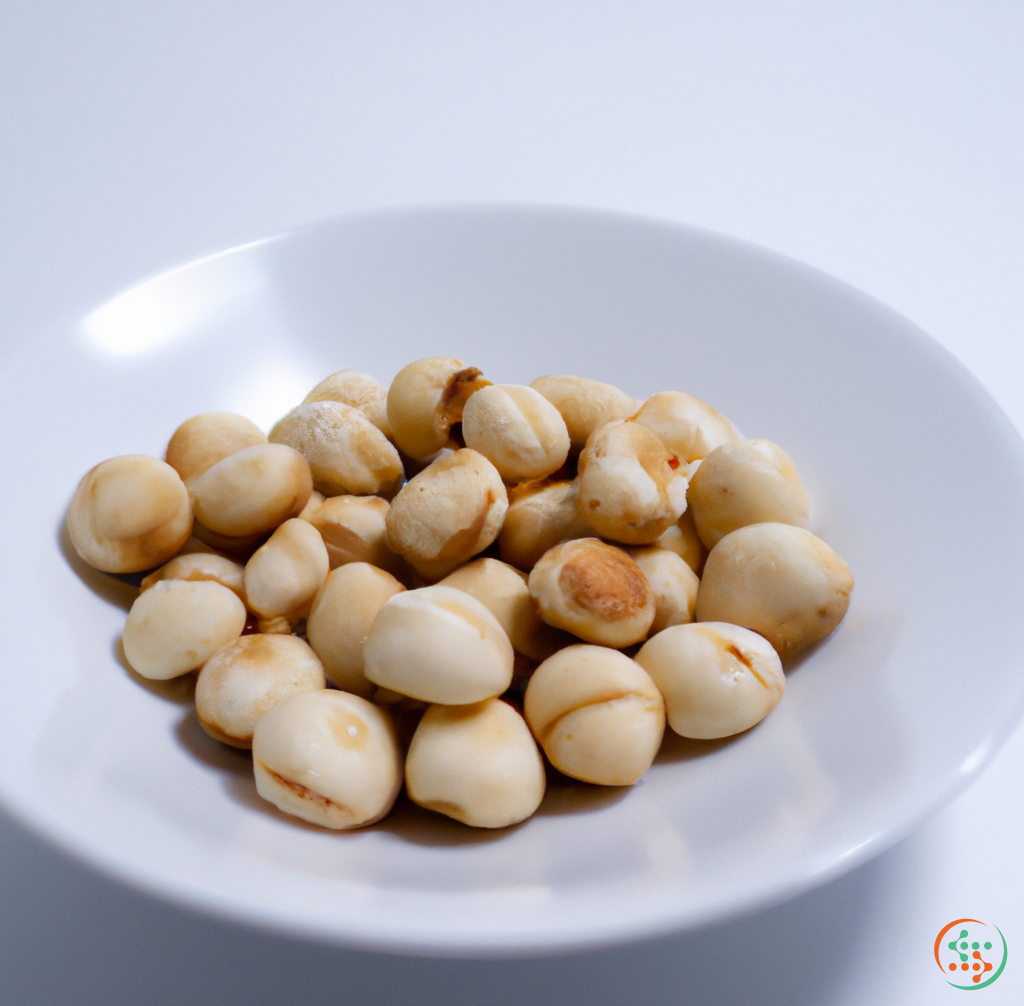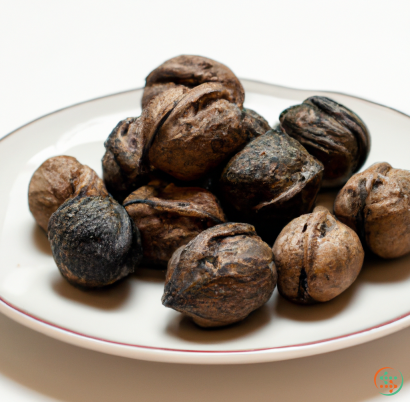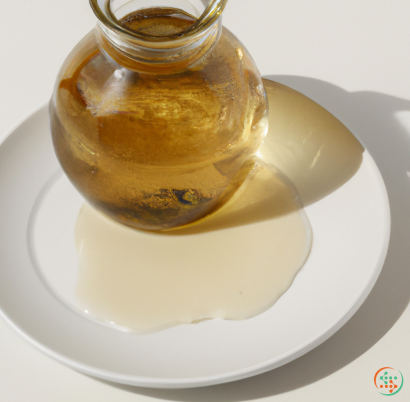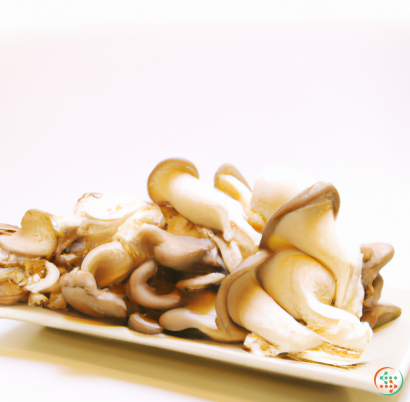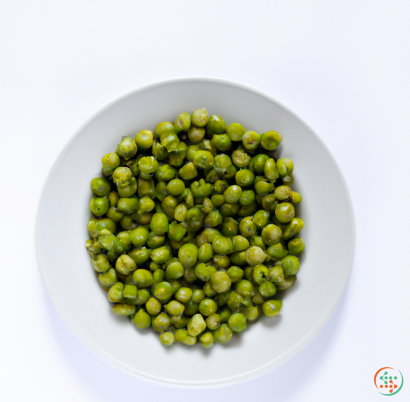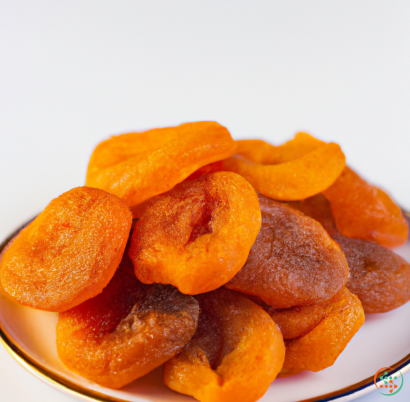Beechnuts
Beesnuts, also known as beech masts, are an important, yet often overlooked food source for wildlife. Found in the seeds of beech trees, beech nuts are a high energy, nutrient-dense nut, rich in essential fatty acids, vitamins, minerals, and protein. They are enjoyed by wildlife, such as squirrels and birds, as well as humans who understand their nutritional value and appreciate their distinctive, sweet and crunchy flavor.
Beechnuts have a unique shape which allows them to slip through the beech tree’s small crevices and be dispersed across the woodland floor. They range in size from 4-14mm and are comprised of two halves connected by a thin membrane. The nut inside is surrounded by a thin, beige husk which gives off a pleasant earthy smell when peeled. Getting to the delicious inner nut can take a bit of practice, as the husks on beechnuts are thick, brittle and somewhat difficult to get through.
Beechnuts are an important food source for wildlife because they provide an abundant supply of carbohydrates, fats, proteins and essential vitamins and minerals, giving woodland creatures the energy they need to survive the winter months. With a fat content of between 20-30 percent and protein content of approximately 13 percent, beech nuts are rich in fatty acids, minerals, and vitamins—all of which are crucial for proper bodily functioning and growth. A single beechnut’s energy content is equal to about half of a peanut’s, making it an ideal snack for many animals.
For humans, beechnuts can be eaten raw or roasted. Many people enjoy their sweet and crunchy flavor and are often used as an additive to salads, soups, or baked goods. Raw beechnuts are hard and difficult to chew, so they are usually roasted or boiled first to make them more palatable. Roasted beechnuts can be added to oatmeal, cereal, or other dishes, or ground up into a paste and added to smoothies. Alternatively, to make a healthy snack mix, beechnuts can be combined with other nuts, seeds, and dried fruit.
Beechnuts have a long history of being part of humanity’s diet, stretching back to the hunter-gatherer days. From the Beech tree growing wildly through Europe, Africa, and parts of Asia, beechnuts have also been treasured by multiple cultures around the world, who value them for their nutrient-dense properties and intense flavor.
Beechnuts are not only a popular food source for humans and wildlife alike, but they are also highly prized for their potential medicinal benefits. Historical reports indicate that beechnuts have been used since ancient times to treat a variety of conditions, primarily as an anti-inflammatory to relieve pain and inflammation. Research still today shows that beechnuts contain powerful antioxidants, which can help protect the body against oxidative stress and disease.
Beech nuts are an incredibly valuable, yet often overlooked nut that offers a variety of nutritional and medicinal benefits. Not only do they provide a varied and nutritious food source for birds, squirrels, and other animals, but they are also an excellent snack for humans that can be added to food and drinks. Whether eaten raw or roasted, beechnuts can add a unique, delicious flavor and provide your body with essential vitamins, minerals and fatty acids.
What it takes for a Beech Nut to Reach Your Dinner Plate
Sometimes, the simple act of eating a pleasant snack can reveal a much more complex journey behind the scenes. Take, for example, a beech nut – the colorful, flavorful seed that is made from beech trees. It is usually served roasted and flavored or as a snack item. But, for a beech nut to travel from the tree it grew on to your dinner plate takes a fascinating journey as well as a lot of different stages.
Beech trees, also known as beech nuts, are native to the temperate regions of Europe. A beech tree requires a certain temperature range and type of soil to thrive, meaning the beech nut tree growing in your backyard isn’t necessarily the same tree that produced the nut you held in your hand. In some cases, specific trees are grown specifically for their nuts and they’re considered a valuable crop – by some estimates, beech trees account for over 10% of the hardwood market in Europe.
Harvesting the Beech Nuts
Once the beech tree is mature, it’s time for the harvesting of the nuts. The harvesting process can vary depending on the country, region and even serial number of the tree. For example, in some areas of the United States, the trees are generally harvested in late summer or early fall. On the other hand, in Europe, picking seasons are either open for the entire year or limited to just a few weeks. Depending on the number of nuts and their size, the pickers may either climb the tree and harvest them or just shake the nut from the branch.
In most cases, the harvested nuts are brought to a mill and checked for quality. Once approved, the nuts are then shelled, which can either be done by hand or by a specialized machine.
Processing the Beech Nuts
With the shell off, the beech nut is ready to be processed. First, the nuts are roasted. This provides a crunchy taste and a golden brown color that a lot of people enjoy, as well as aids in preserving them. The nuts are also packed with preservatives if necessary, as well as different flavors depending on the preference. The nuts are then packaged into storage containers and shipped out to customers.
Getting the Beech Nuts to Your Plate
Now it’s time for the beech nut to reach your plate. This can depend on the location of the mill or the distributor, but in most cases, the nuts are typically shipped via a truck or train to retail stores. The retailers can either package the nuts in small (or large) bags and sell them in their store, or they can place them in an online marketplace such as Amazon or eBay. In both cases, you can choose to buy your beech nut in bulk or individual serving sizes.
Once ordered (and hopefully purchased), the package is typically shipped out of the store. Depending on the method used, the package can arrive anywhere from a few hours to a week or two. This can depend on the distance and speed of the vendor’s shipping service, as well as the size of the package and any necessary shipping restrictions.
Enjoying the Beech Nut
With the package opened, it’s time to finally enjoy the beech nut. The nuts can be served as is, or seasoned to the consumer’s taste. They’re commonly added to salads, candied, and even cooked like rice or other grains. With the flexibility and versatility of the nut, it’s no surprise that it’s become an international food staple.
Conclusion
All in all, the journey of the beech nut is truly an amazing one. From the tree it grew on to being sold in your local market, there are a lot of steps that went into it ending up on your plate. Whether it’s a snack or part of a dish, this little nut was surely a calorie-filled treat that traveled miles to give you that deliciousness.
| Vitamin C | 0.0155 grams | |
| Vitamin B1 | 0.3 mg | |
| Vitamin B2 | 0.37 mg | |
| Vitamin B3 | 0.88 mg | |
| Vitamin B5 | 0.93 mg | |
| Vitamin B6 | 0.68 mg | |
| Vitamin B9 | 0.113 mg |
| Calcium | 0.001 grams |
Daily Value 1.3 g
|
| Iron | 0.00246 grams |
Daily Value 0.018 g
|
| Potassium | 1.017 grams |
Daily Value 4.7 g
|
| Sodium | 0.038 grams |
Daily Value 2.3 g
|
| Zinc | 0.36 mg |
Daily Value 0.011 g
|
| Copper | 0.67 mg |
Daily Value 0.9 mg
|
| Manganese | 0.00134 grams |
Daily Value 0.0023 g
|
| Tryptophan | 0.069 grams | |
| Threonine | 0.221 grams | |
| Isoleucine | 0.245 grams | |
| Leucine | 0.367 grams | |
| Lysine | 0.367 grams | |
| Methionine | 0.146 grams | |
| Cystine | 0.197 grams | |
| Phenylalanine | 0.262 grams | |
| Tyrosine | 0.172 grams | |
| Valine | 0.346 grams | |
| Arginine | 0.443 grams | |
| Histidine | 0.172 grams | |
| Alanine | 0.414 grams | |
| Aspartic Acid | 1.071 grams | |
| Glutamic Acid | 0.8 grams | |
| Glycine | 0.319 grams | |
| Proline | 0.326 grams | |
| Serine | 0.31 grams |
| Total Sugars | 0.131141 grams |
per 100g
|
| Myristic acid (14:0) | 0.06 grams |
|
| Palmitic acid (16:0) | 3.57 grams |
|
| Stearic acid (18:0) | 1.18 grams |
|
| Total Saturated fatty acids: | 4.81 g | |
| Oleic acid (18:1) | 18.85 grams |
|
| Palmitoleic acid (16:1) | 0.29 grams |
|
| Gadoleic acid (20:1) | 2.76 grams |
|
| Total Monounsaturated fatty acids: | 21.9 g | |
| Linolenic acid (18:3) | 1.7 grams |
|
| Linoleic acid (18:2) | 18.39 grams |
|
| Total Polyunsaturated fatty acids: | 20.09 g | |
